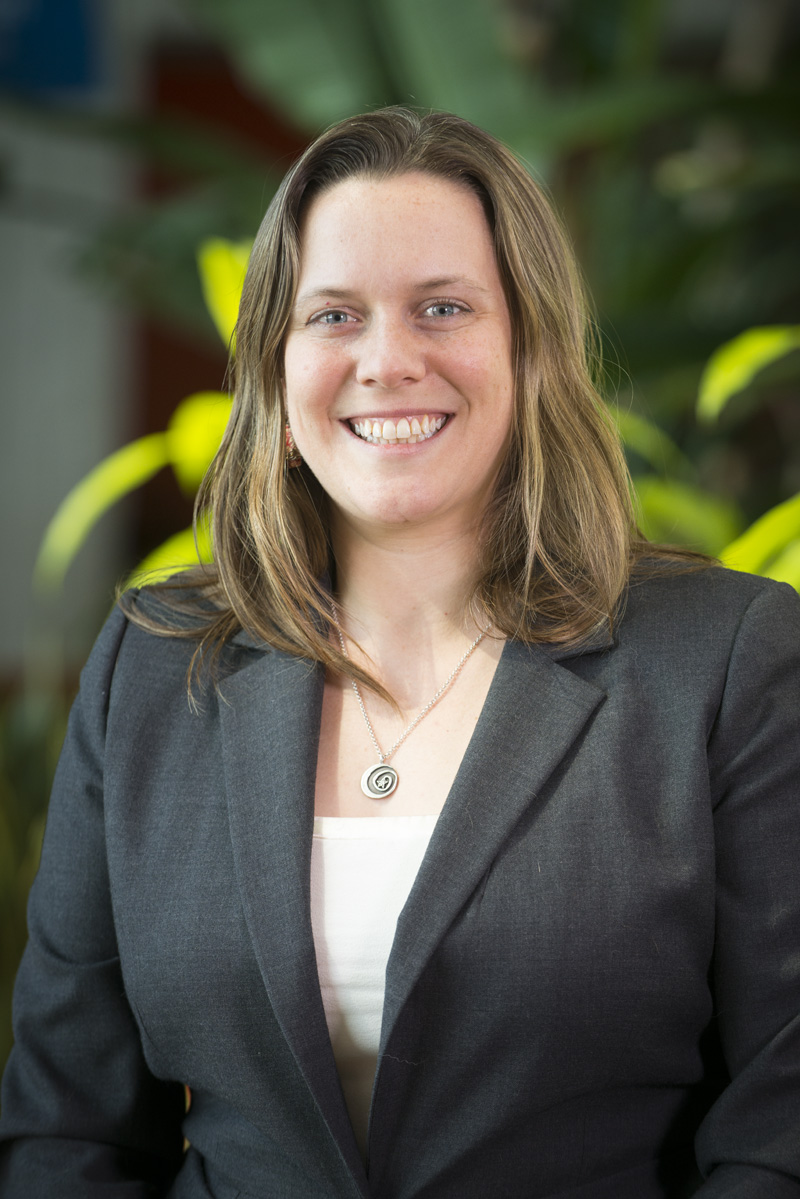How long have you been at Fermilab?
About seven-and-a-half years.
How did you end up working at Fermilab?
I was a materials science and engineering undergrad major. After that, I went into the CIA in Washington, D.C., because I thought it would be cool and unique, and I always liked watching spy movies. I took an oath to defend the Constitution of the United States when I was 21 years old, and my work contributed to protecting our national security. I was in D.C. and traveled internationally for about nine years doing a variety of high-tech projects and cutting-edge research and development. I’m from Chicago, though, so I got to a point where I wanted to come home and be near family again. Then I got my master’s in environmental engineering, and that’s what brought me to Fermilab.
Initially I did a lot of surface water management efforts here as part of the Facilities Engineering Services Section. Later, I was the first project manager for the Integrated Engineering Research Center. That’s the new building that’s recently started construction out front of Wilson Hall.
What is your current role at the laboratory?
I oversee the Long-Baseline Neutrino Facility Near Site Conventional Facilities team. LBNF is the infrastructure that supports the international Deep Underground Neutrino Experiment, which Fermilab is hosting. We’re designing and constructing the facilities that all the scientific equipment goes inside of. We’re building the buildings, providing power and water, making sure we have the right amount of shielding, all of that stuff.
What challenges have you encountered in that process?
We need a lot of coordination and discussions with stakeholders across the laboratory, from different divisions and sections, to identify requirements and clarify details at the level required for the design. Building relationships and open communication is key to making sure we capture the right information as early in the design process as possible — discovering new requirements during construction is too late and potentially results in higher costs or delays.
Also, we need to make sure that the scientists are able to move their detector down a 38-foot-diameter shaft to a cavern 200 feet underground. Then, they need to have enough room to assemble it down there.
What is the most rewarding part of your work?
I find that in my career I like big, complicated projects that are trying to solve a unique problem and make a difference somehow. What I like about Fermilab and my project is that there are complex problems that need to be solved, and I get to work with the scientists to determine what they need and make sure that we deliver on that. All the time, I’m working toward the main goal, which is to solve the mysteries of the universe. Not a lot of people get to say that, and so I think that’s really neat.
Another thing I like about my job is my co-workers and the project atmosphere. We’re all pushing toward one goal together, so I like the camaraderie and the teamwork.
What do you like to do when you are not at work?
I have a dog. I love her, and she’s great. We go for dog walks and go to the dog park. Also, I like to ski and hike, and I enjoy hanging out with friends trying new restaurants or breweries.
The Long-Baseline Neutrino Facility is supported by the Department of Energy Office of Science.
The Office of Science is the single largest supporter of basic research in the physical sciences in the United States and is working to address some of the most pressing challenges of our time. For more information, visit science.energy.gov.



